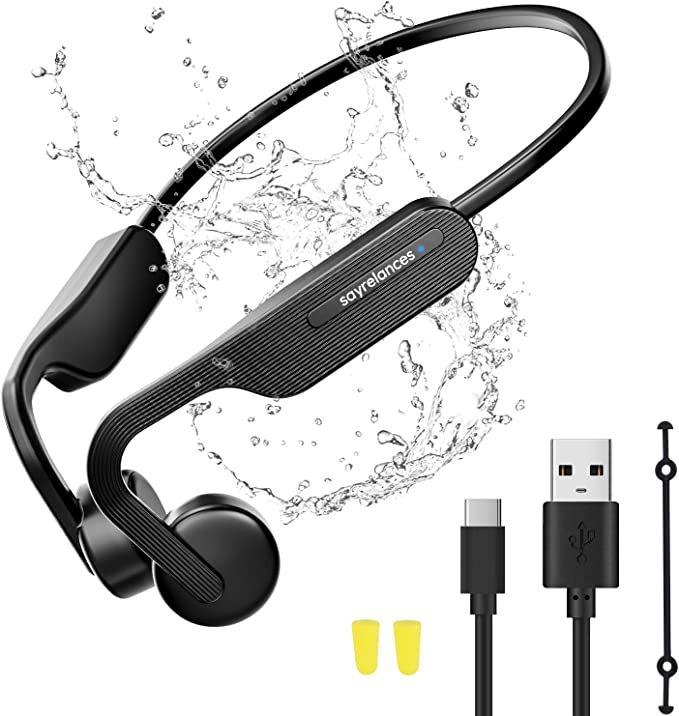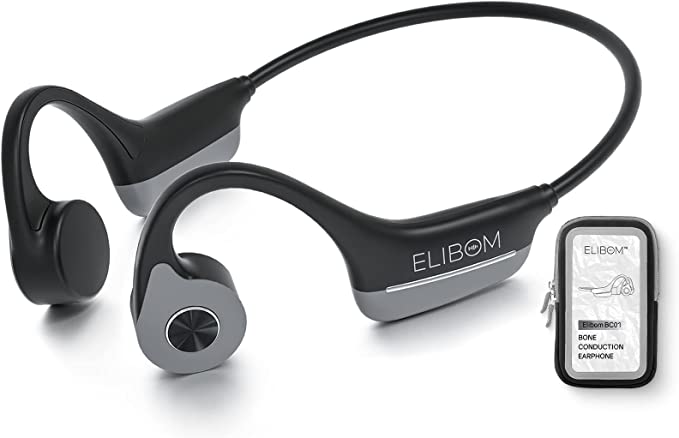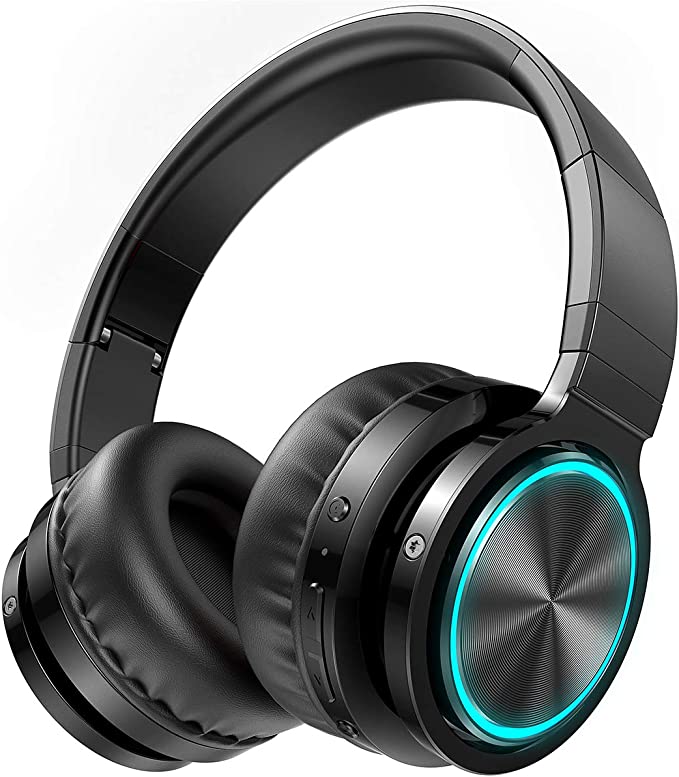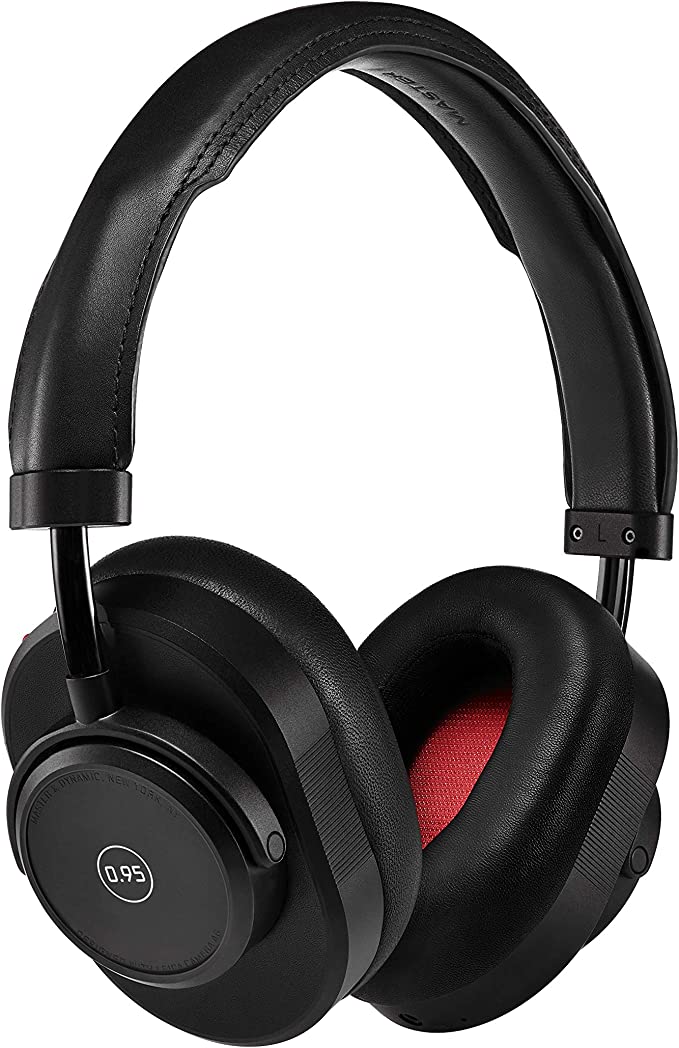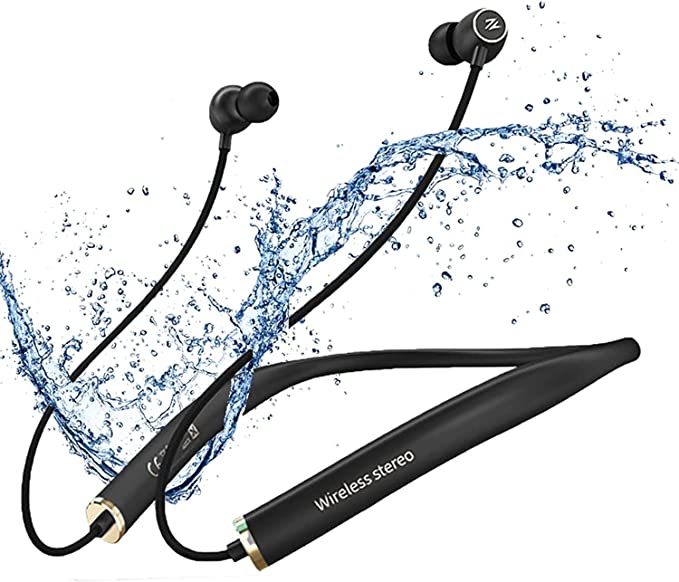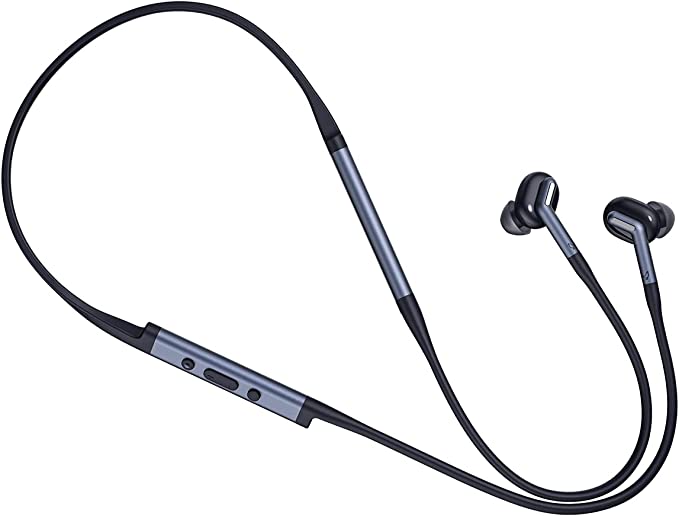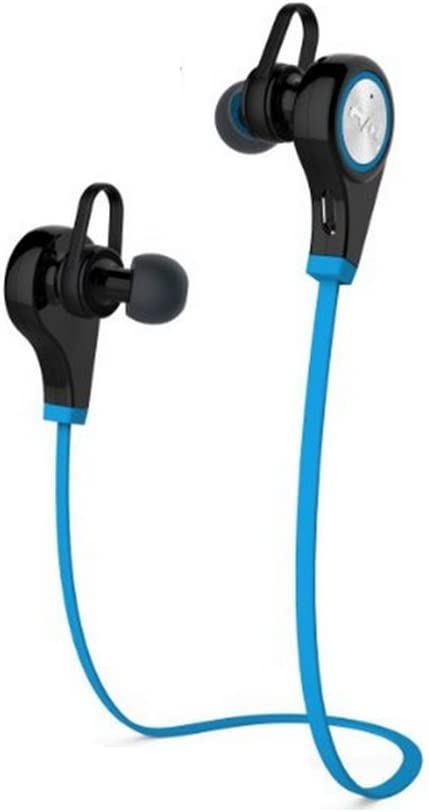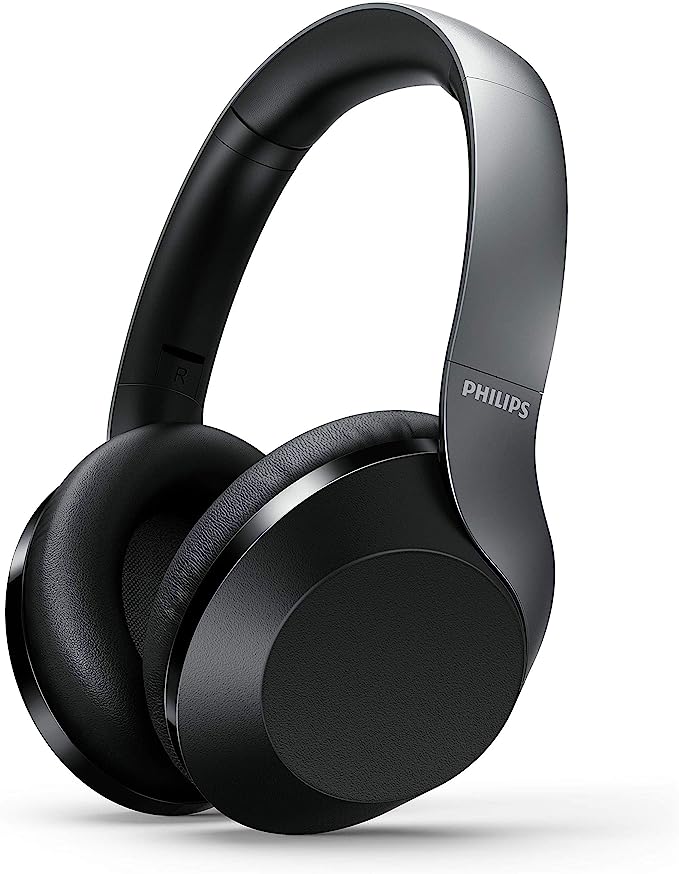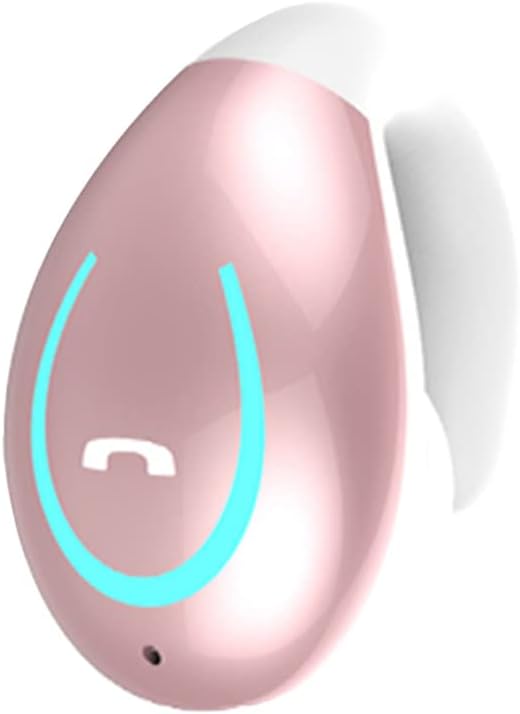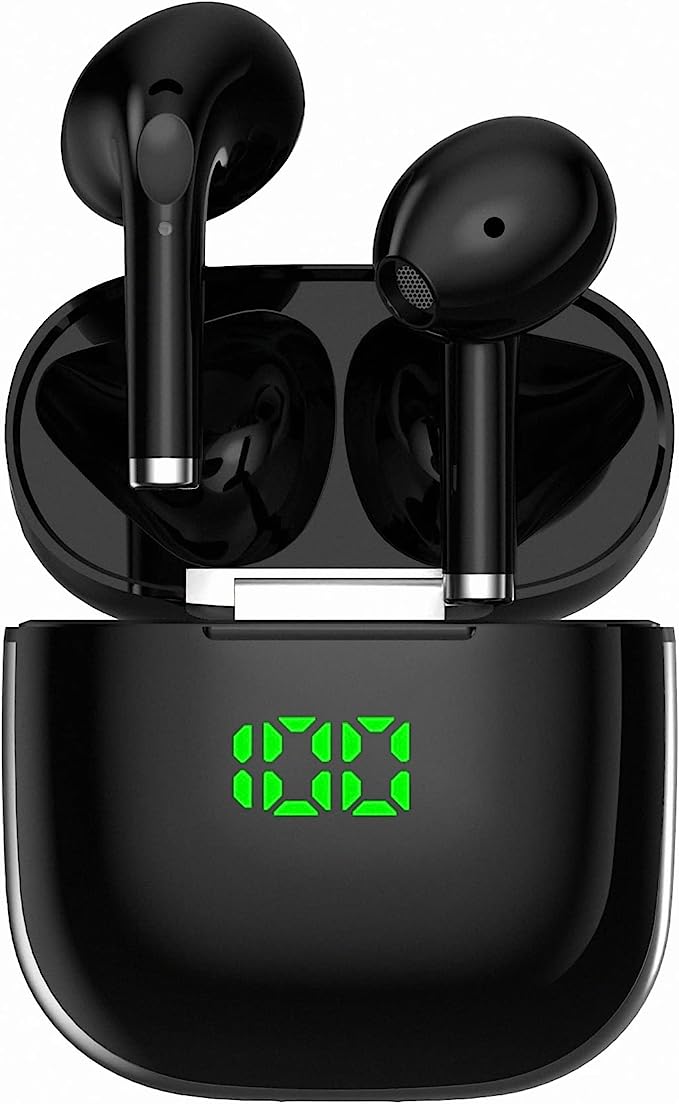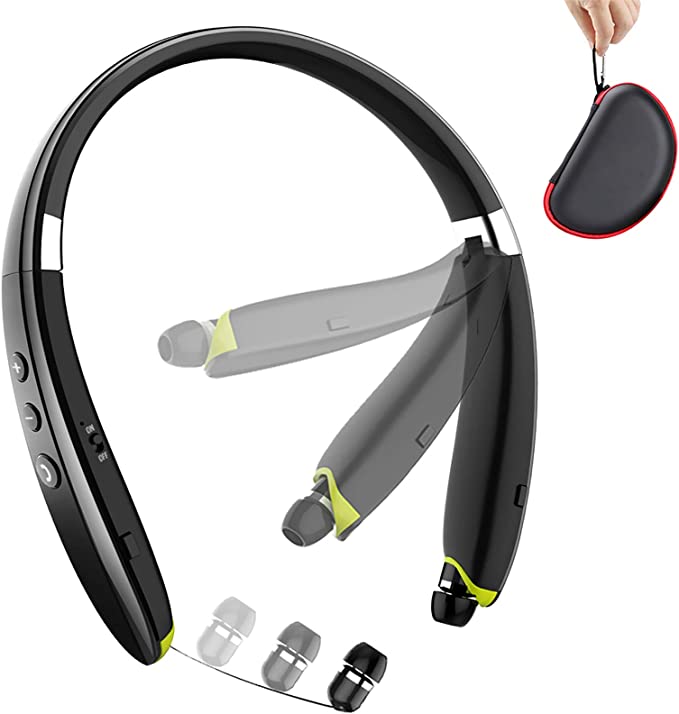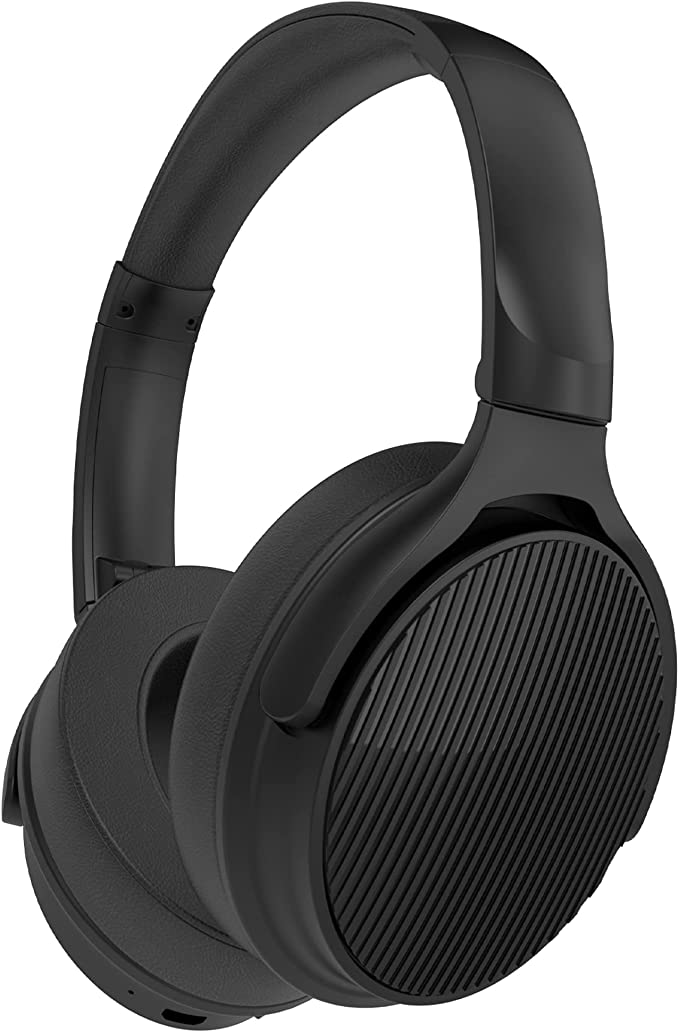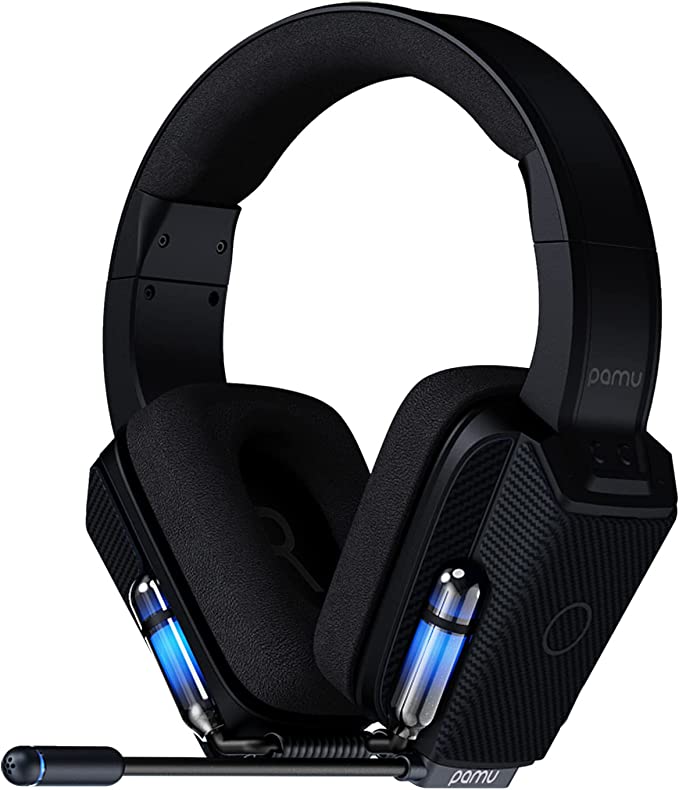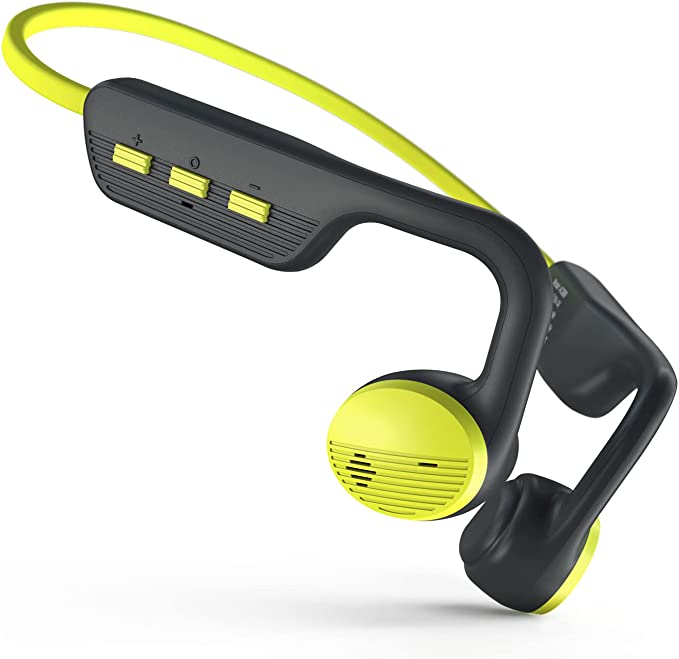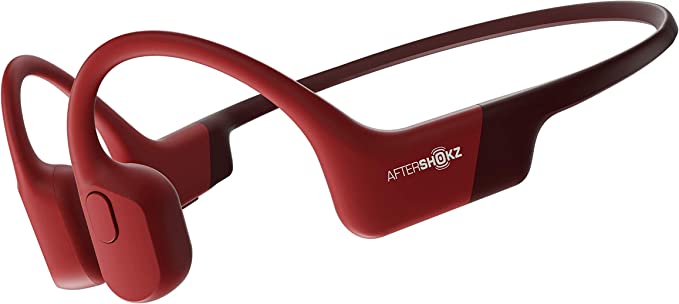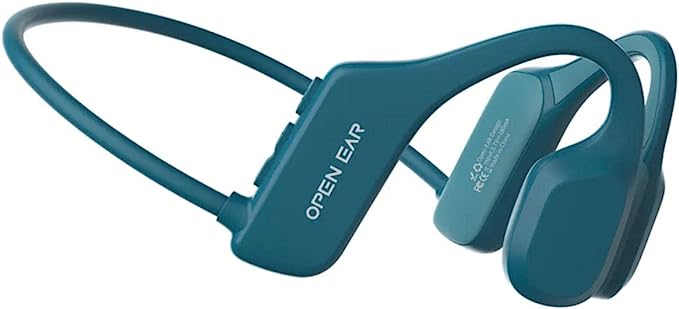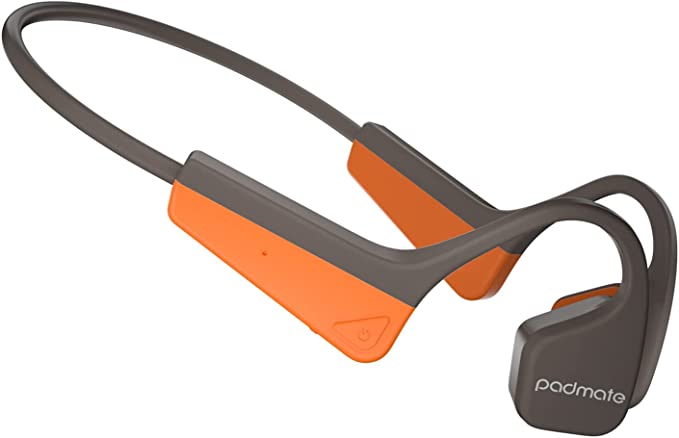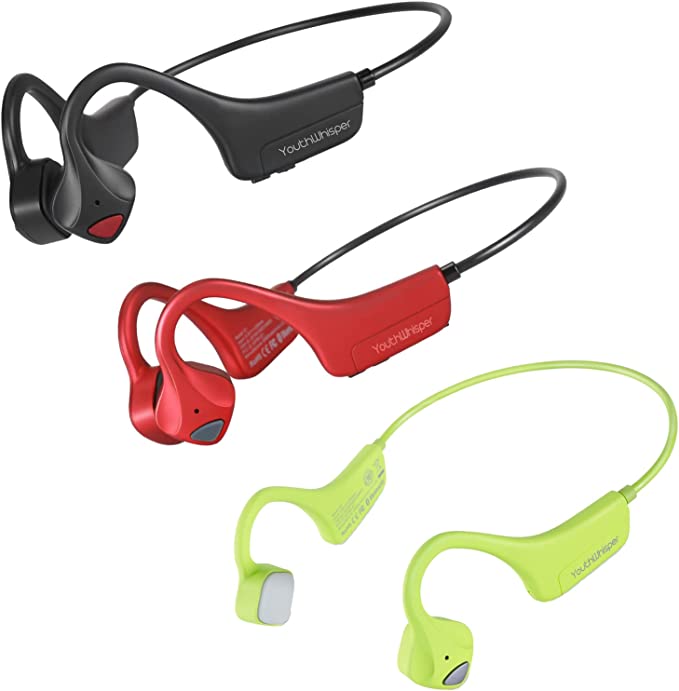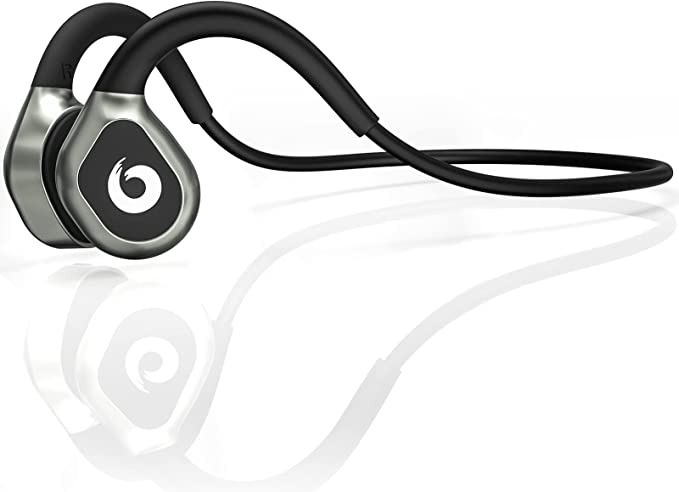Tonfarb 05363-1 Bone Conduction Headphones: Open-Ear Listening for Active Lifestyles
Update on Feb. 19, 2025, noon
Have you ever stopped to consider the limitations of traditional headphones? That uncomfortable pressure in your ears after a long listening session? Or that feeling of being completely cut off from the world, missing important sounds like approaching traffic or a friendly conversation? These are common complaints, and they point to a fundamental issue: traditional headphones, while ubiquitous, aren’t always the best solution for every situation. There’s a fascinating alternative that’s been gaining traction: bone conduction technology.

A Surprising Solution: Your Own Bones!
Imagine listening to your favorite music, not through your ear canals, but through your skull. It might sound like something out of a science fiction movie, but it’s a very real, and surprisingly effective, way to hear. Bone conduction is the transmission of sound vibrations through the bones of the skull directly to the inner ear, bypassing the eardrum entirely.
Beethoven’s Bite: A Historical Glimpse
The concept of bone conduction isn’t new. In fact, it has a rather remarkable history. The famed composer Ludwig van Beethoven, who famously suffered from profound hearing loss, discovered he could still hear music by biting down on a rod attached to his piano. The vibrations from the piano strings traveled through the rod, through his jawbone, and directly to his inner ear, allowing him to perceive the music despite his damaged eardrums. This ingenious method was an early, albeit rudimentary, form of bone conduction.
How Bone Conduction Works: The Science
Let’s break down the science. Sound, at its core, is vibration. Traditional headphones create sound waves that travel through the air and vibrate your eardrum. This vibration is then passed through tiny bones in your middle ear (the malleus, incus, and stapes) to the cochlea, a fluid-filled, spiral-shaped structure in your inner ear. The cochlea contains tiny hair cells that convert these vibrations into electrical signals, which your brain interprets as sound.
Bone conduction takes a different route. Instead of sending sound waves through the air, specialized transducers convert electrical signals into mechanical vibrations. These transducers are placed against the bones of your skull, typically just in front of your ears, on the cheekbones (zygomatic bone). The vibrations travel through your skull bones directly to the cochlea, stimulating those same hair cells and producing the sensation of sound. It’s like a shortcut to your inner ear!
Air vs. Bone: A Head-to-Head Comparison
| Feature | Air Conduction (Traditional Headphones) | Bone Conduction Headphones |
|---|---|---|
| Sound Path | Through ear canal, vibrates eardrum | Through skull bones, bypasses eardrum |
| Situational Awareness | Limited | Excellent |
| Hearing Health | Potential for damage at high volumes | Generally safer for hearing at moderate volumes |
| Comfort | Can be uncomfortable for some | Generally more comfortable for extended wear |
| Sound Quality | Generally fuller, richer sound | Can be slightly less bass-heavy |
| Privacy | Less likely to leak sound | More prone to sound leakage at high volumes |
 |
Tonfarb 05363-1: Open-Ear Listening, Reimagined
The Tonfarb 05363-1 bone conduction headphones offer a practical and convenient way to experience this fascinating technology. These lightweight, gray headphones are designed to rest comfortably on your cheekbones, leaving your ear canals completely open. This open-ear design is a key feature, allowing you to hear your audio while remaining fully aware of your surroundings.
The Tonfarb 05363-1 connects wirelessly to your devices via Bluetooth, providing a stable and reliable connection for music, podcasts, and calls. And with an impressive 40 hours of playtime on a single charge (thanks to the included charging case), you can enjoy your audio throughout the day and beyond. A quick-charge feature ensures you’re never without your sound for long. The IP67 rating means they’re dust-tight and can withstand splashes of water and sweat, making them ideal for workouts and outdoor activities. However it is import to remember that IP67 is not for under-water use.
Staying Safe and Aware
One of the most significant benefits of bone conduction headphones, and a standout feature of the Tonfarb 05363-1, is situational awareness. Because your ears are open, you can hear everything happening around you. This is crucial for safety, especially during activities like running, cycling, or walking in busy areas. You can hear approaching cars, cyclists, or even just friendly greetings, all while enjoying your audio. It’s a level of awareness that traditional headphones simply can’t match.

Beyond Music: Other Applications of Bone Conduction
Bone conduction technology isn’t limited to just listening to music. It has found applications in a variety of fields:
- Military Communications: Bone conduction headsets allow soldiers to hear radio communications while maintaining awareness of their surroundings, which is crucial in combat situations.
- Hearing Aids: For some types of hearing loss, bone conduction devices can bypass damaged parts of the outer or middle ear and deliver sound directly to the inner ear.
- Assistive Technology: Bone conduction can be used in devices designed to help people with visual impairments navigate their environment by providing auditory cues.
- Underwater Communication: Because the sound is being transmitted through solid instead of liquid, bone conduction works.
The Future of Sound
Bone conduction technology is constantly evolving. Researchers and engineers are working to improve sound quality, reduce sound leakage, and enhance the overall listening experience. We might see future bone conduction headphones with even better bass response, more sophisticated noise cancellation (for the surrounding environment, not the audio itself), and even integration with other wearable technologies. It is even being looked into as a brain–computer interface (BCI) technology,

Addressing Common Questions
Is bone conduction sound quality as good as air conduction?
Generally speaking, air conduction headphones can deliver a fuller, richer sound, particularly in the bass frequencies. Bone conduction sound quality has improved dramatically in recent years, but it can sometimes sound slightly less full, especially at lower volumes. However, many users find the sound quality of bone conduction headphones, including the Tonfarb 05363-1, to be perfectly acceptable, and the trade-off for open-ear listening is well worth it.
Will bone conduction headphones damage my hearing?
While bone conduction is generally considered safer for your hearing than traditional headphones, it’s still important to listen at moderate volumes. Extremely loud vibrations, even through bone, can still potentially damage the hair cells in your cochlea.
Do bone conduction headphones leak sound?
Yes, bone conduction headphones can leak some sound, especially at higher volumes. This is because the vibrations are traveling through your skull, and some of that sound can escape into the surrounding air. However, the amount of leakage is typically less than with open-back traditional headphones.

